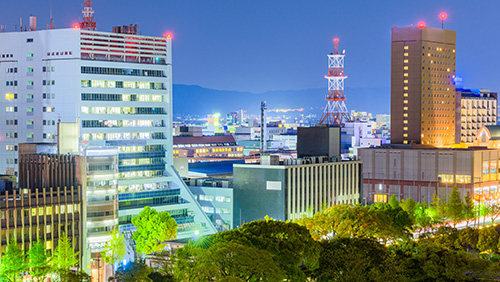Citizens of Yokohama, Japan, may not want a casino, but this won’t be a problem. There are plenty of other areas that are more than happy to receive a gambling operation and reap the rewards of the investment. One of these is Wakayama on Japan’s south central coast, which has already received 33 proposals for an integrated resort.
 Wakayama published a request for information (RFI) in August to gauge the response on resort construction. Regulators said they wanted to receive “ideas from domestic and overseas entities, regarding the resort-type IR which Wakayama Prefecture aims to introduce, including IR plans, investment intentions for related developments of [the] surrounding area, [and] measures to prevent adverse effects such as problem gambling.”
Wakayama published a request for information (RFI) in August to gauge the response on resort construction. Regulators said they wanted to receive “ideas from domestic and overseas entities, regarding the resort-type IR which Wakayama Prefecture aims to introduce, including IR plans, investment intentions for related developments of [the] surrounding area, [and] measures to prevent adverse effects such as problem gambling.”
Plans involve building the resort on a man-made island measuring about 98.8 acres in Marina City. The island is already home to a couple of hotels, as well a theme park, and can easily support another venue that offers as many as 2,500 additional hotel rooms.
Seven of the proposals came from international companies, with the rest being submitted by domestic suitors. There is still a lot of work to be done, however, as Japan has yet to finalize where the initial three casino resorts will be located.
Wakayama is an ideal setting for a resort, but it is facing an uphill battle. There are three prefectures that are said to be the top contenders—Osaka, Yokohama and Tokyo—and the closest airport to Wakayama is the international airport in Osaka. However, since Yokohama citizens don’t seem to like the idea of a resort coming to their backyard, it might help Wakayama’s case. The prefecture’s governor, Yoshinobu Nisaka, has been told that its proximity to Osaka would not necessarily preclude it from being considered.
According to reports, around 40 municipalities would like to see an integrated resort as part of their landscape. Japan has already formed a Casino Administration Committee to oversee the selection process, as well as the regulation of gaming operators once the industry starts to bloom. That, however, is expected to not happen for at least another five to six years, following several vetting processes and resort construction.